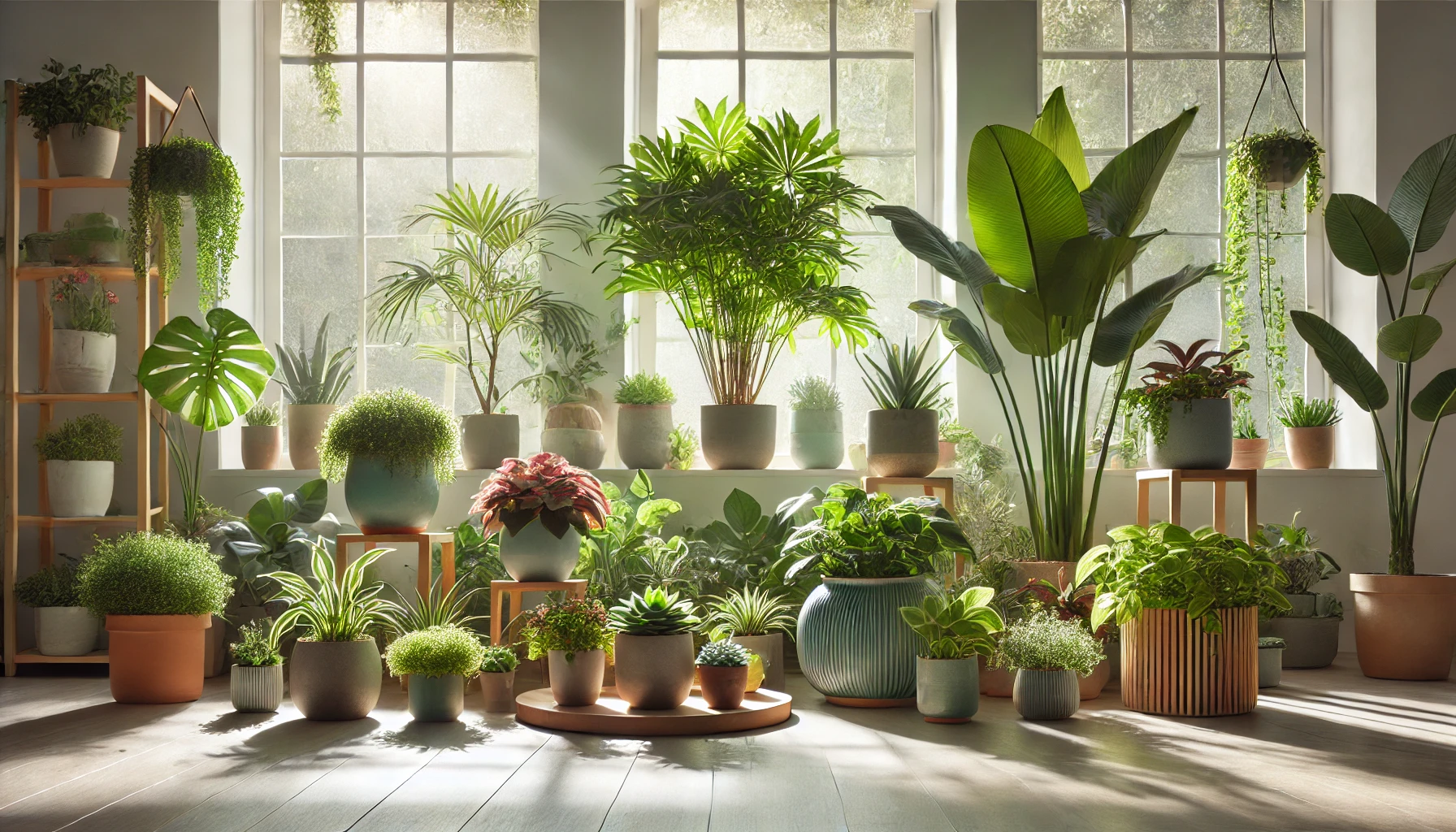Pests can be a major challenge for plant enthusiasts, often causing damage to leaves, stems, and even roots. Identifying and treating these pests early is crucial for keeping your plants healthy. Fortunately, there are many natural methods to combat these unwanted visitors without harming the environment.
Common Signs of Pest Infestation
Knowing the signs of pest infestation can help you take action before the problem worsens. Look out for:
- Discolored Leaves: Yellowing, browning, or spotting on leaves.
- Sticky Residue: Honeydew (a sugary secretion) left by pests like aphids.
- Webbing: Fine webs often indicate spider mites.
- Holes in Leaves: Chewing pests like caterpillars and beetles.
- Wilting Plants: Root pests such as fungus gnats may be present.
Common Plant Pests and How to Identify Them
1. Aphids
- Appearance: Small, pear-shaped insects in colors like green, yellow, or black.
- Damage: Stunt plant growth and secrete sticky honeydew.
2. Spider Mites
- Appearance: Tiny red or brown dots; often found on the underside of leaves.
- Damage: Fine webbing and yellow speckles on leaves.
3. Mealybugs
- Appearance: White, cotton-like clusters on stems and leaf joints.
- Damage: Drain sap, weakening the plant.
4. Fungus Gnats
- Appearance: Small black flies hovering around the soil.
- Damage: Larvae feed on roots, causing wilting and stunted growth.
5. Scale Insects
- Appearance: Brown or tan bumps on stems and leaves.
- Damage: Suck sap and cause yellowing leaves.
Natural Methods to Treat Plant Pests
1. Neem Oil Spray
Neem oil is a natural pesticide that disrupts the life cycle of pests.
- How to Use: Mix 1 teaspoon of neem oil with 1 quart of water and a few drops of dish soap. Spray on affected areas weekly.
2. Insecticidal Soap
A gentle and effective solution for soft-bodied pests.
- How to Use: Use a store-bought insecticidal soap or mix mild dish soap with water. Spray directly onto pests.
3. Diatomaceous Earth
A natural powder made from fossilized algae that dehydrates pests.
- How to Use: Sprinkle around the base of the plant or dust leaves lightly.
4. Hand Removal
For visible pests like caterpillars or large beetles, manual removal is effective.
- How to Use: Wear gloves and pick pests off by hand, then dispose of them.
5. Homemade Garlic Spray
Garlic’s strong smell repels many pests.
- How to Use: Blend 2 cloves of garlic with 1 cup of water, strain, and spray onto plants.
Preventing Pests Naturally
1. Maintain Healthy Plants
Strong, healthy plants are less likely to attract pests. Ensure proper light, water, and nutrients.
2. Quarantine New Plants
Before adding new plants to your collection, isolate them for a few weeks to prevent introducing pests.
3. Clean Leaves Regularly
Dusty leaves are more attractive to pests. Wipe them with a damp cloth to keep them clean.
4. Encourage Beneficial Insects
Ladybugs and lacewings are natural predators of aphids and other pests. Attract them with flowering plants like marigolds.
Conclusion: A Natural Approach to Pest Control
Dealing with plant pests can be frustrating, but natural remedies are effective and safe for your plants and the environment. By monitoring your plants regularly, identifying pests early, and using these natural treatments, you can keep your greenery pest-free and thriving.





